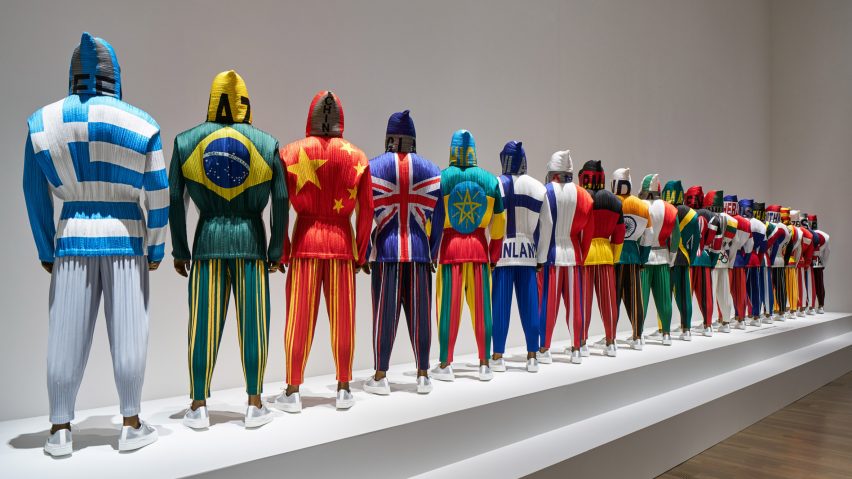
Seven key projects by fashion innovator Issey Miyake
Following the news of Issey Miyake's death, we've highlighted seven projects created by the Japanese fashion designer over his five-decade-long career.
Miyake was the founder of Issey Miyake Group and Miyake Design Studio, which he established in 1970. The designer passed away on 5 August aged 84 after battling liver cancer.
Miyake, who was born in Hiroshima, gained an interest in design after discovering artist and designer Isamu Noguchi's Peace and West Peace Bridges in his home city.
During his five-decade-long career, Miyake launched a number of lines and labels including Pleats Please, A-POC, and Bao Bao.
He championed collaborations and partnered with creatives including bamboo artisan Shochikudo Kosuge, photographer Irving Penn and designer Tokujin Yoshioka.
Although Miyake stepped back from his fashion lines and turned over responsibility to his associates in the lead-up to the millenium, the designer maintained final direction of his nine brands.
Read on for key projects by Miyake:
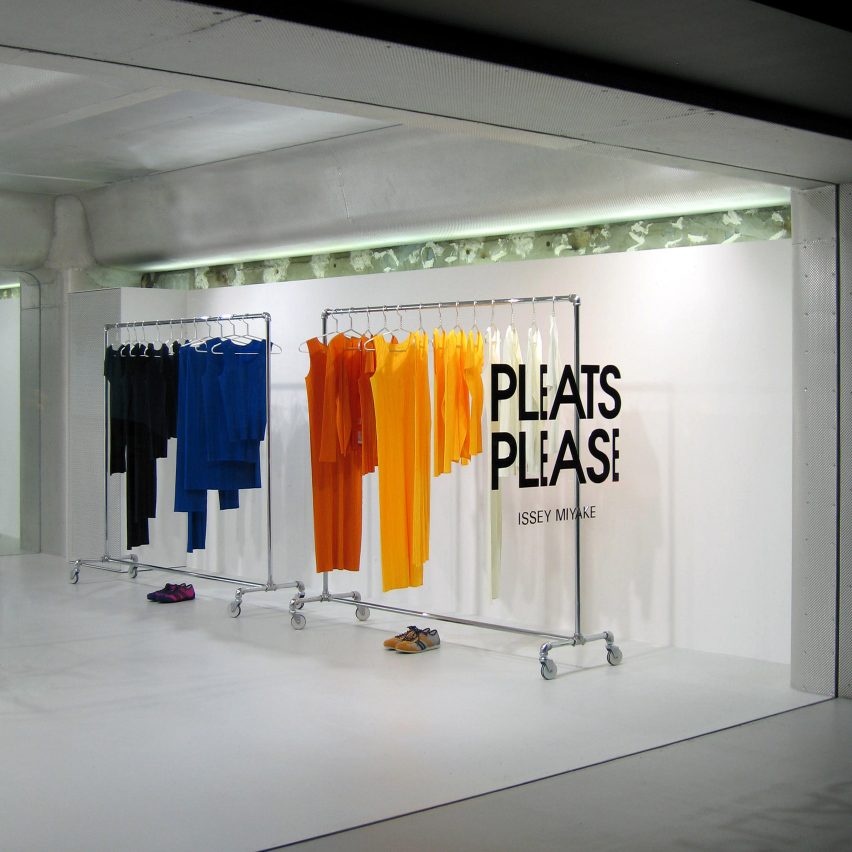
Pleats Please, a sub-line under Miyake, was launched in 1993.
The brand showcased an innovative and signature pleating technique that involved crafting garments from a single thread and adding pleats to the clothes once sewn into shape. This technique was first introduced in Miyake's mainline collection in 1988.
In 2009, Tokujin Yoshioka refurbished Tokyo's Pleats Please store, covering its interior in recycled aluminium panels that were originally made for car parts.
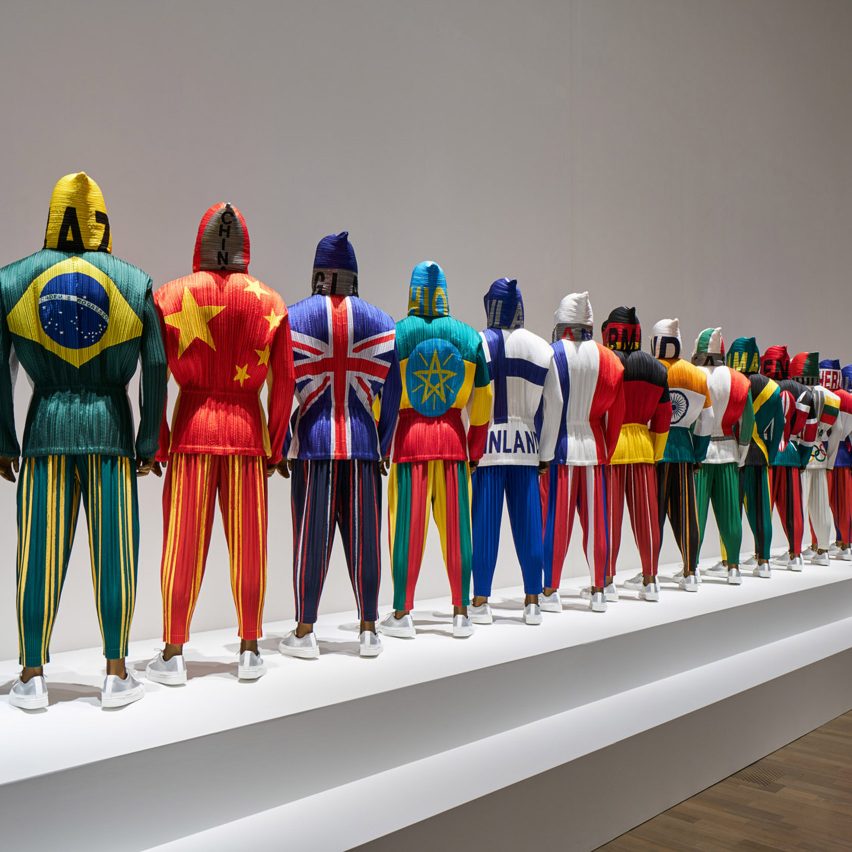
Olympic Uniforms, 1992, by Issey Miyake
In 1992, Miyake was commissioned to create a design for Lithuania's first participation in the Olympic Games, after the country gained independence following the dissolution of the Soviet Union. The team's uniforms consisted of a hooded jacket, t-shirts and silver trousers constructed from a lightweight polyester that was pleated in Miyake's signature style.
Miyake subsequently expanded the commission and created a collection of pleated uniforms branded in the colours of numerous countries' flags. Each of the looks, as shown at a retrospective exhibition at Tokyo's National Art Center in 2016, also featured the national flags and names of the countries across the hood and rear of the jackets.
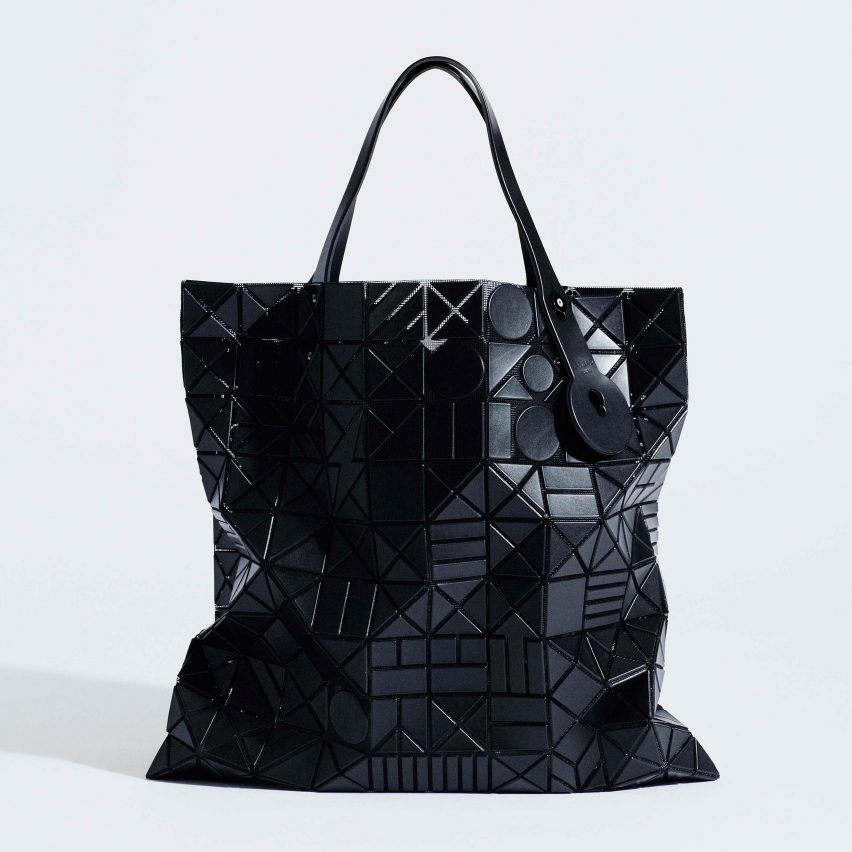
Bao Bao bag, 2000, by Issey Miyake
First introduced in 2000, the Bao Bao bag is synonymous with the house of Miyake. It has a typical shopping-tote shape and is crafted from a mesh fabric layered with small polyvinyl triangles across its front and back.
Its form and name pay homage to the Gehry-designed Guggenheim Museum located in Bilbao, Spain, which has a fragmented facade. The bag also illustrates the folding origami-style innovations for which Miyake became famous.
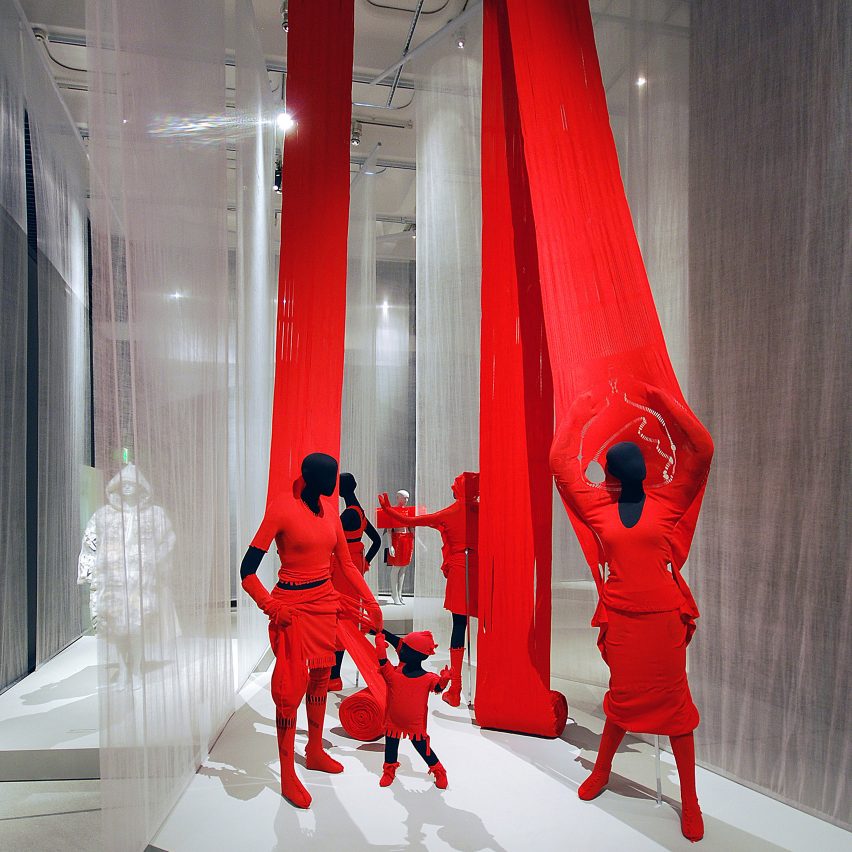
King and Queen, 1997, by A-POC
These textile garments form part of the customisable King and Queen collection, created by Miyake and Dai Fujiwara for the duo's sub-label A-POC, otherwise known as A Piece of Clothing.
The collection was constructed using an industrial weaving machine, which created a patchwork of seams outlining dresses, shirts, socks, gloves and hats in a large roll of continuous fabric.
Customers were encouraged to cut along the seams to reveal their garments and use scissors to customise their fit. The collection was among those featured at the Future Beauty: 30 Years of Japanese Fashion exhibition at the Barbican in 2010.

Steve Jobs' black mock turtleneck, by Issey Miyake
Apple co-founder and former CEO Steve Jobs' signature long-sleeved black turtleneck was created by Miyake. Jobs is said to have had around 100 of them in total.
The shirts were created by Miyake after Jobs commissioned him to create a vest for Apple employees in the early 1980s. However, following backlash from staff, the uniform was cut and Jobs asked the designer to create him his own uniform instead.
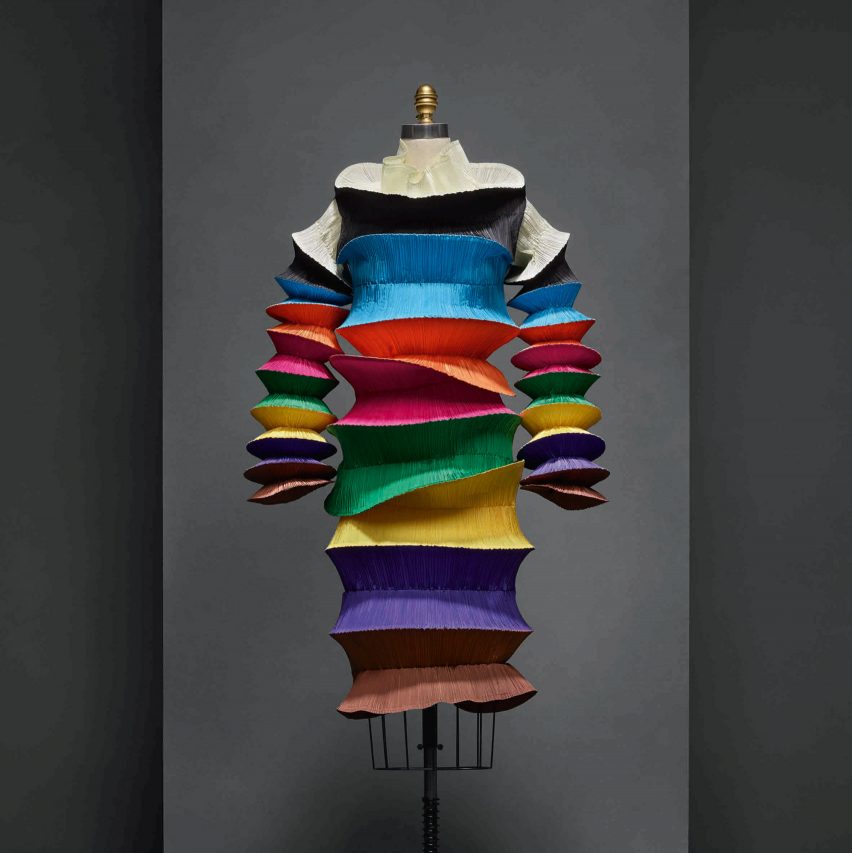
Flying Saucer Dress, 1994, by Miyake Design Studio
The Flying Saucer Dress presented during Miyake's Spring Summer 1994 show was constructed using concertina-pleated discs in shades of brightly coloured polyester.
It has a paper-lantern-style silhouette, created by Miyake using his patented pleated-polyester construction technique that allows the garment to be compressed, flattened and extended. This also makes the dress stretch and bounce when worn.
The dress was displayed at the Metropolitan Museum of Art's Manus x Machina exhibition in 2016, which explored technology's impact on fashion.
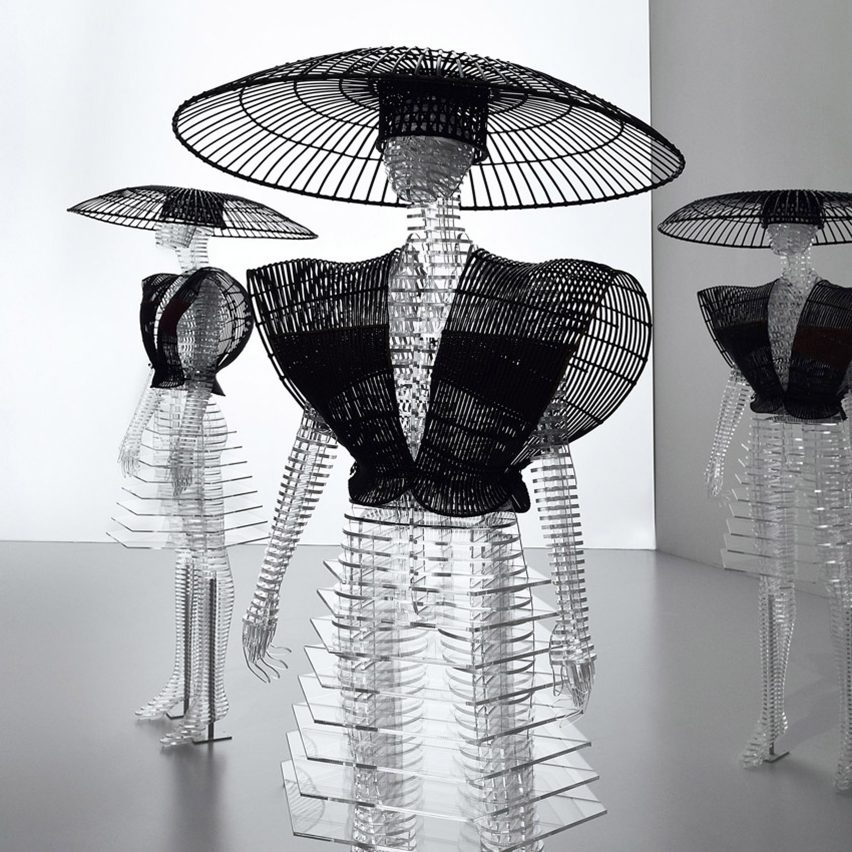
These rattan and bamboo bodices and hats are designed to follow and accentuate the topography of the body. They were made by Japanese bamboo artisan Shochikudo Kosuge in collaboration with artist Emi Fukuzawa for Issey Miyake's Spring Summer 1982 collection.
The pieces were more recently displayed on mannequins created by Miyake's long-time collaborator Tokujin Yoshioka at The Work of Issey Miyake exhibition at Tokyo's National Art Center in 2016.
Dezeen is on WeChat!
Click here to read the Chinese version of this article on Dezeen's official WeChat account, where we publish daily architecture and design news and projects in Simplified Chinese.